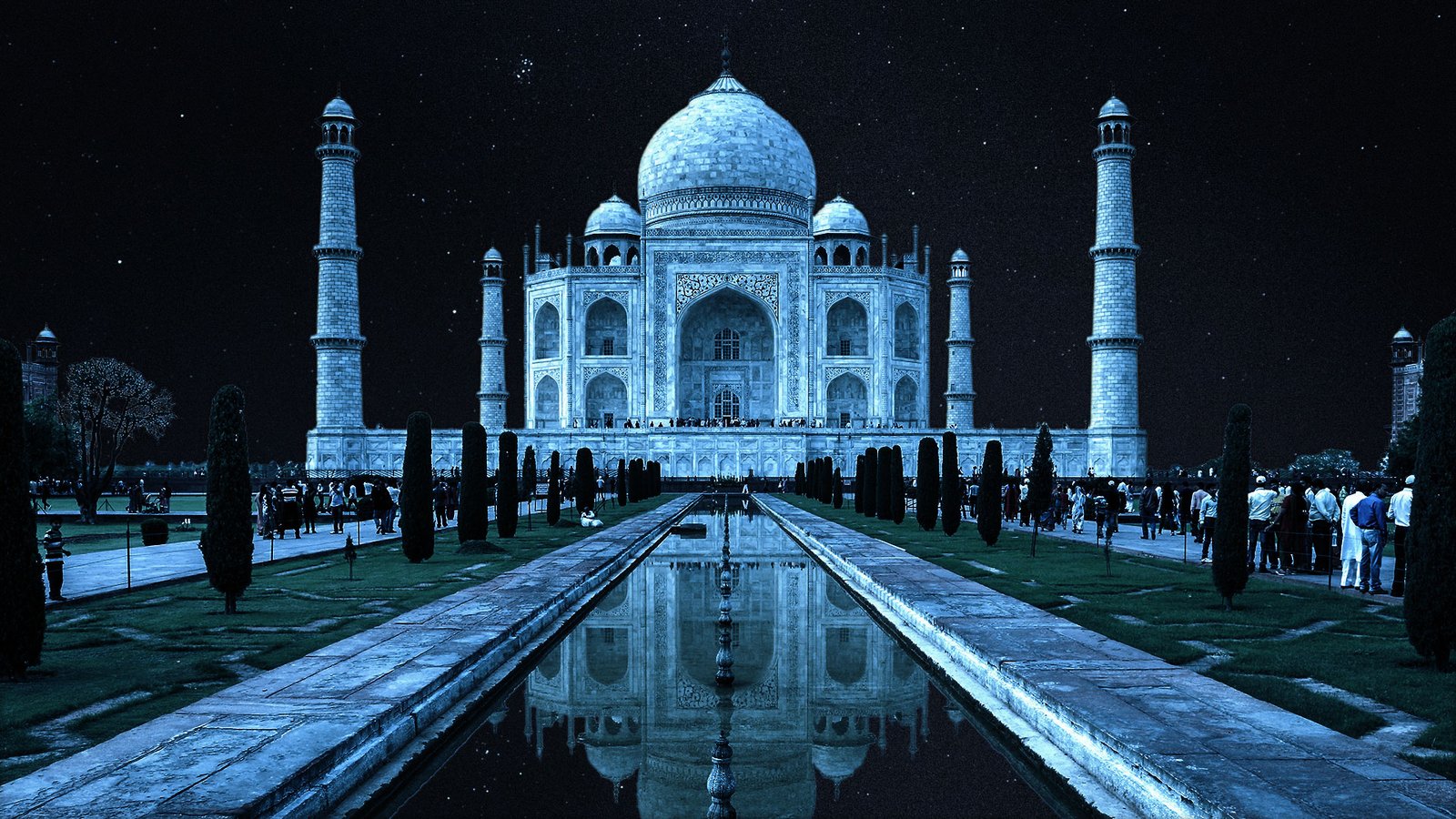The Taj Mahal is much more than a lovely building. It is a sign of love, a monument in itself. Central to this wonder is a special stone, called Makrana marble, famous for its pure white color, strength, and luster. It helped a lot in making sure that after so many hundreds of years, the Taj Mahal can still be seen so beautifully.
What is Makrana Marble?
Makrana marble is a type of white stone found in the Makrana area of Rajasthan, India. This stone has been used for several great buildings, and the most famous among them is the Taj Mahal.
Why Makrana Marble is Special
- The color is bright white with a few markings on it.
- The surfaces are smooth and cool to the touch.
- It does not absorb lots of water, hence offering superior durability.
- It has a natural sheen and requires no polish.
- It endures heat, rain, and cold.”
Makrana Marble and the Taj Mahal
The Taj Mahal was built by Mughal Emperor Shah Jahan in memory of his wife, Mumtaz Mahal, who had died. Marble was transported about 400 kilometers from Makrana; for this, heavy stones were carried on elephants and carts to Agra, where the Taj Mahal is built.
The construction was completed in over twenty years, but because of this marble, every whit of it gleams, from the dome to the floor. Even the most minute detail, from the single carved flower to the patterns, was done in Makrana marble.
How the Stone is Used in the Taj Mahal
Main Building Parts
Makrana marble was the final choice for the construction of:
- The great central dome,
- The four lofty minarets and
- The walls and floors of the edifice.
Decorative Art with Marble
- Stone Inlay (Pietra Dura): Artists pressed colored stones like jade and lapis lazuli into the white marble to make flower patterns.
- Calligraphy: The black writing on the Taj Mahal is Arabic script made using black marble carved into white stone.

Makrana Marble vs. Other Marbles
Let’s compare Makrana marble with other popular types:
| Feature | Makrana Marble | Italian Carrara | Vietnam Marble |
| Color | Pure white | Grey-white | Bright white |
| Strength | Very high | Medium | High |
| Shine | Natural glow | Needs polish | Moderate |
| Weather Resistant | Excellent | Average | Good |
| Lasting Quality | Over centuries | Decades | Decades |
How Makrana Marble Formed
Most likely old, Makrana marble is ancient after all. According to scientists, it is over 900 million years old. It was formed very deep inside the earth, where limestone was converted into stone by heat and pressure.
Because of its rarity and strength, India tagged it as a Geographical Indication (GI) in 2015. This means that no other marble can be called ‘Makrana’ except one that comes from that particular place.
Caring for the Taj Mahal’s Stone
Though strong, Makrana marble still needs to be dealt with. Pollution and acid rain can change its pure yellow color and make it dull.
To:
- Experts apply Fuller’s Earth, a type of clay mud-pack treatment, to clean the surface.
- Fresh pieces of Makrana marble are used for repairing purposes.
- Skilled artists replicate the original designs to patch the damaged areas.
Makrana Marble in Today’s World
Even today, architects and designers prefer Makrana marble. It is used for:
- Houses of luxury and flooring
- Temples and places of prayer
- Statues and embellishments
- Hotels and luxury to high-end interiors
Other Famous Buildings with Makrana Marble
Apart from the Taj Mahal, Makrana marble finds applications in other notable buildings like:
- Victoria Memorial, Kolkata
- Birla Temples in India
- Parts of the Sheikh Zayed Mosque, Abu Dhabi
Unique Glow of the Taj Mahal
It is one of the wonders of the Taj Mahal how it changes colors throughout the times of day. In the morning, it is almost pinkish; when the sun is bright, it is completely bright white; at night, under the moonlight, it looks silver. The effects of this metamorphosis are produced by the Makrana marble, which reflects the colors of light.
Why the Stone Matters
The Taj Mahal, perhaps one of the other buildings, carried stories about its memories and love. The Taj Mahal would not have been the same without the Makrana marble. It goes to show how a stone can be transformed into something that is appreciated and admired by the entire world.
Conclusion
Though built as a tribute to love, the Taj Mahal stands proud and strong owing to the amazing Makrana marble that binds it together. For centuries, this stone has transformed simple dreams into glittering realities. From a beautiful white glow to a very tough material, it is more than stone; it is a piece of India’s heart.
By preserving the marble, we are safeguarding a history along with the Taj Mahal. While gazing at the white wonder, one should also bless the Makrana stone that has resulted in this. It will shine for many years, providing inspiration to all who behold it.
Also Read: Famous Hanuman Temple in Prayagraj – A Peaceful Place


